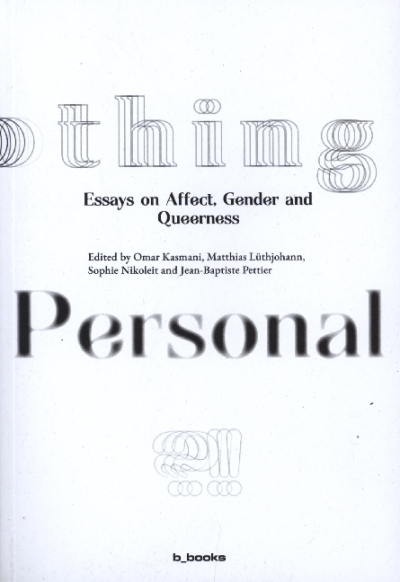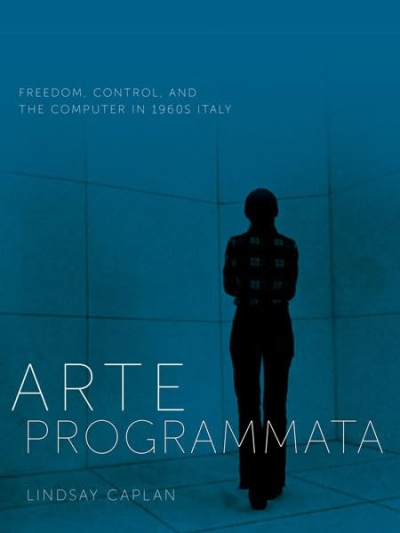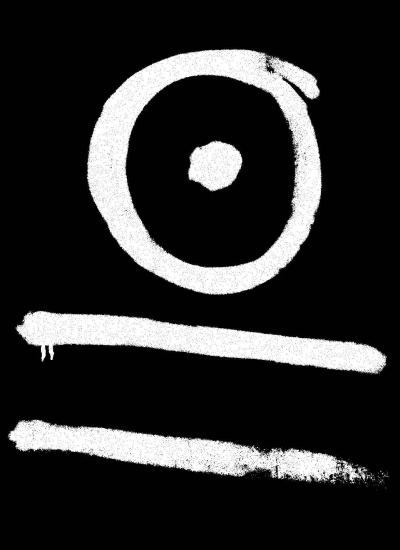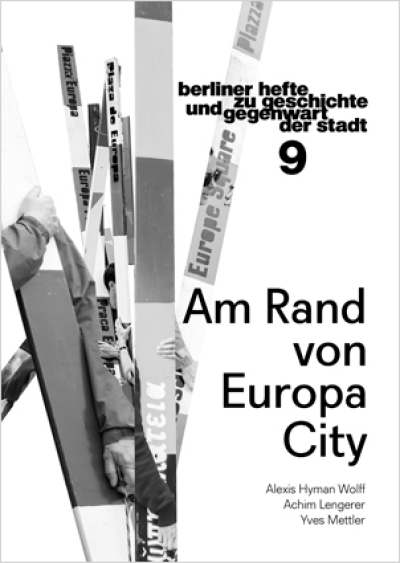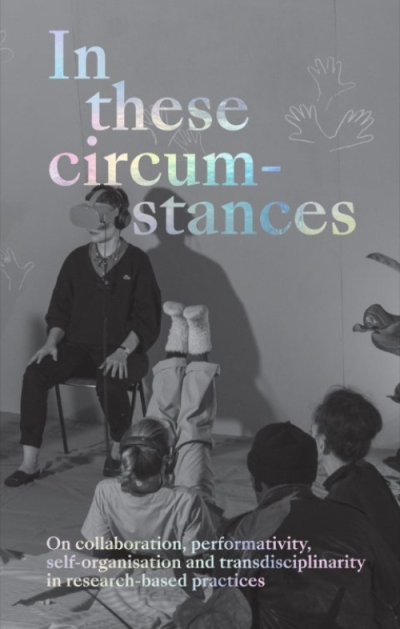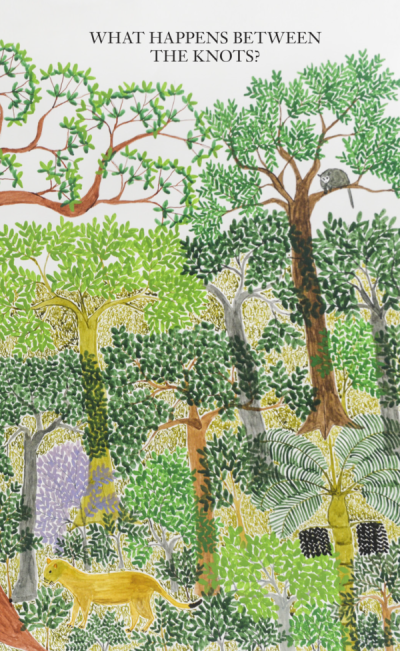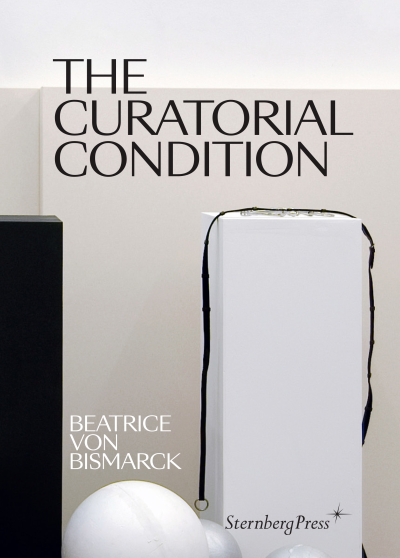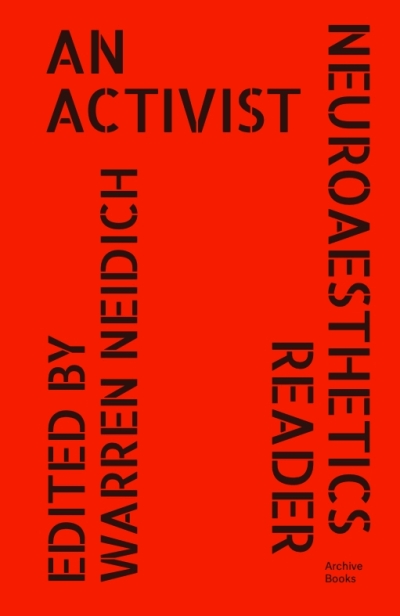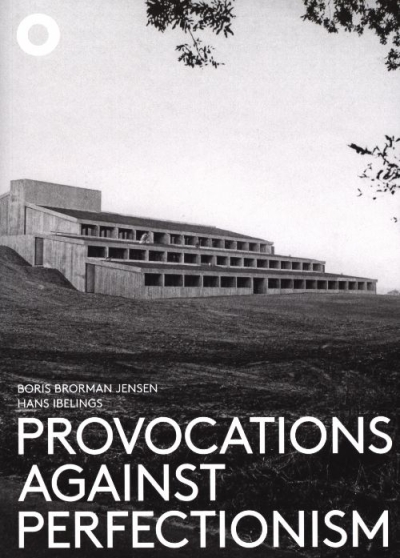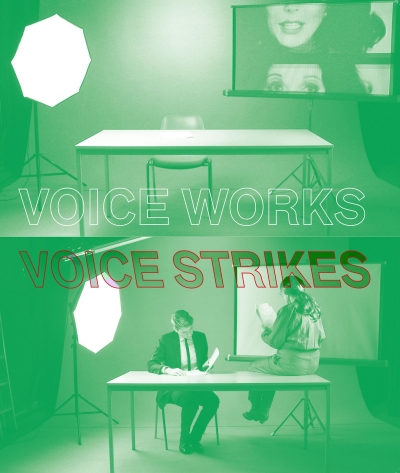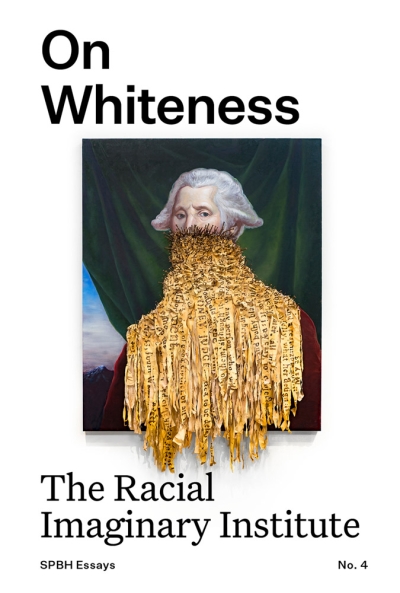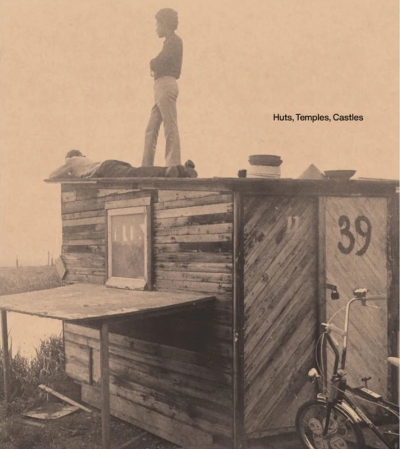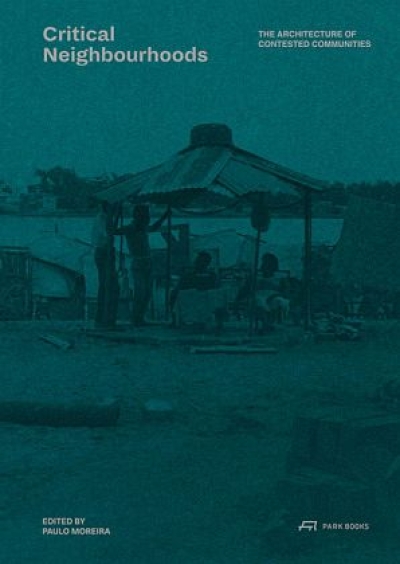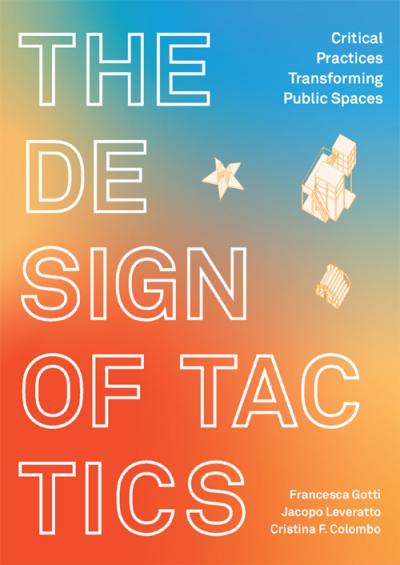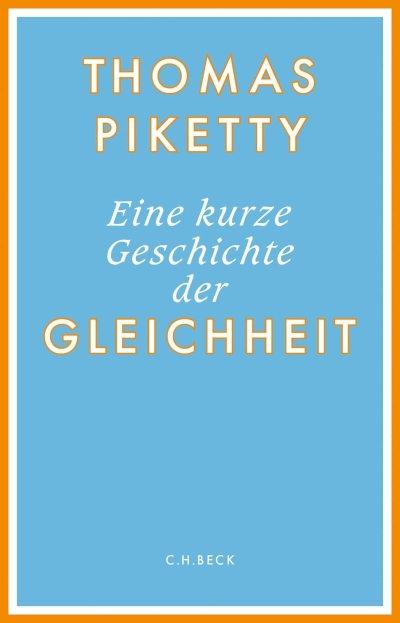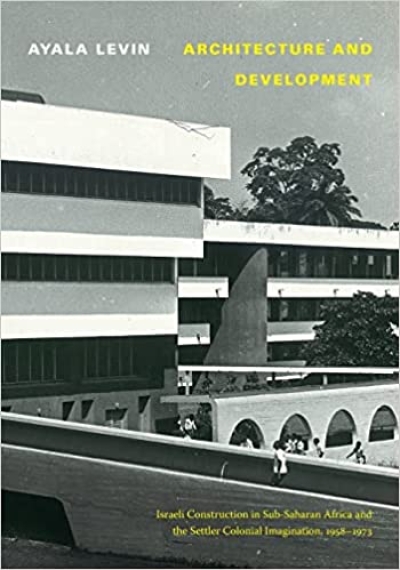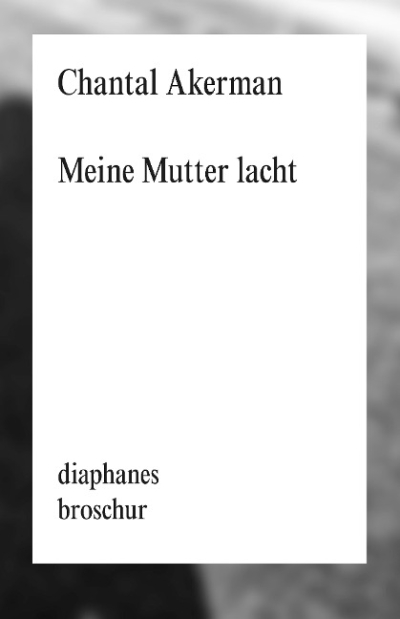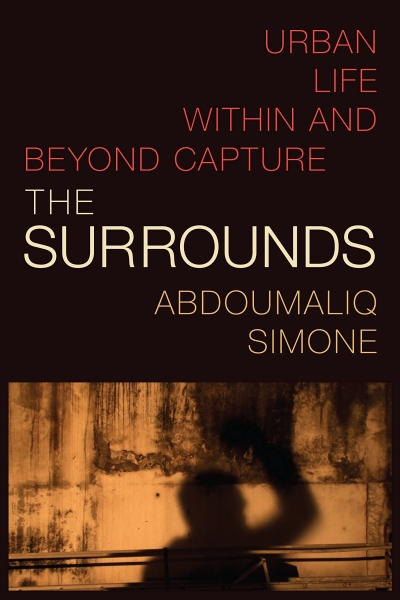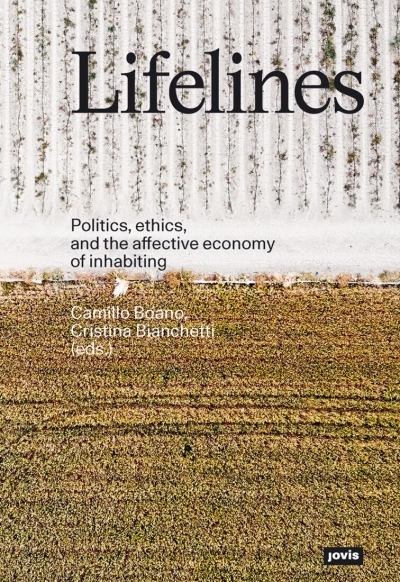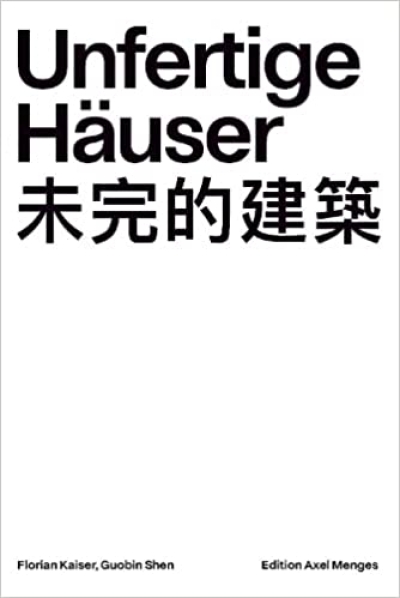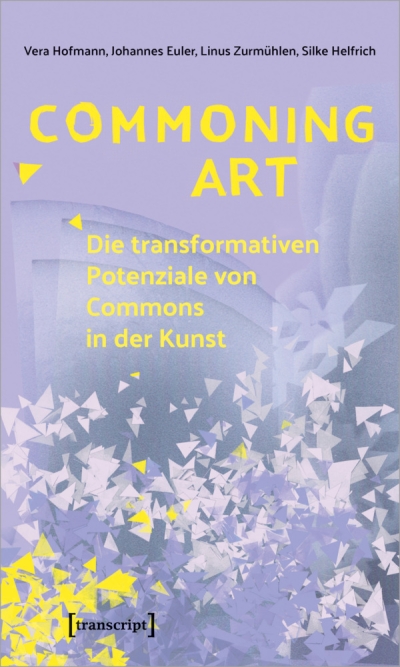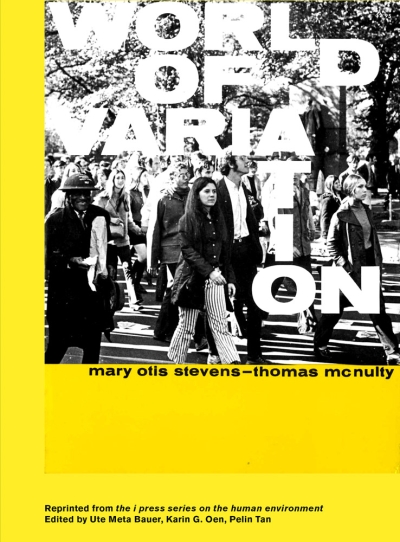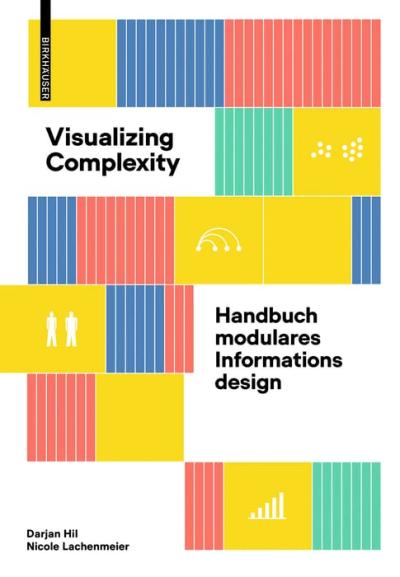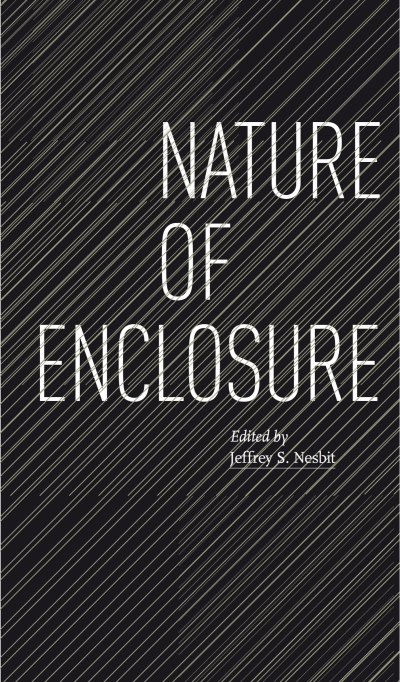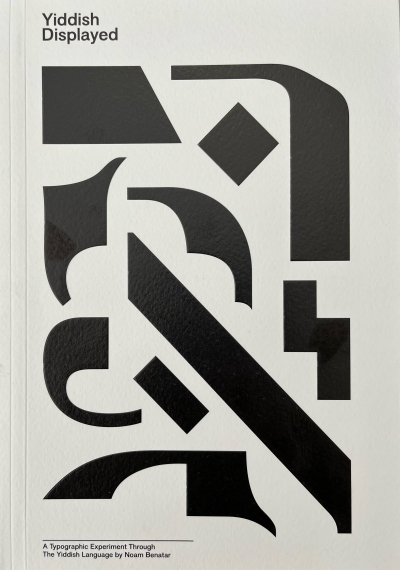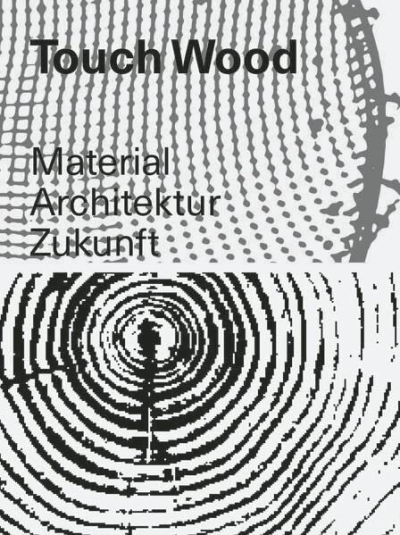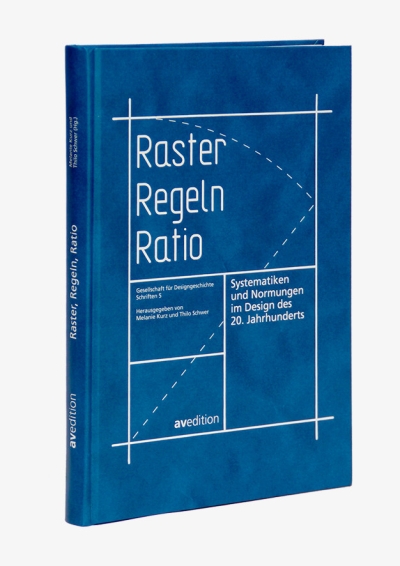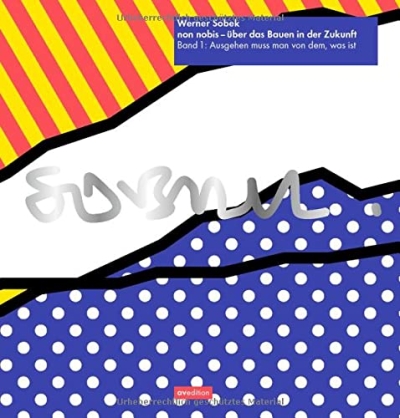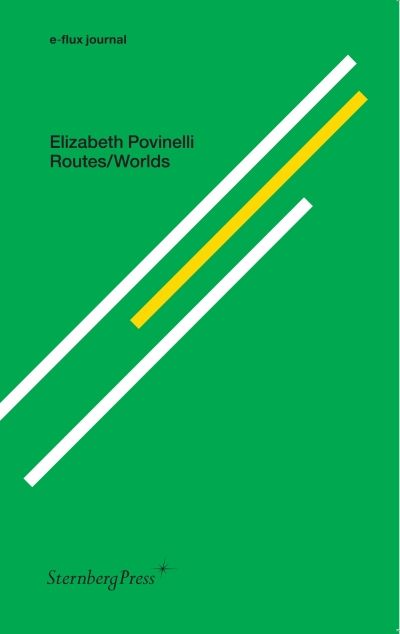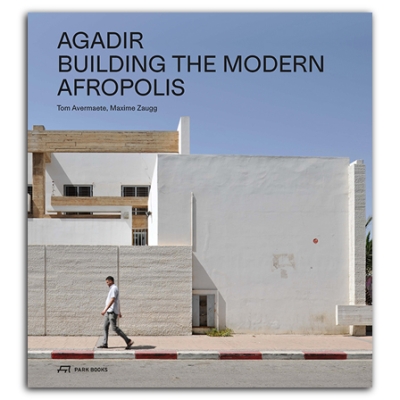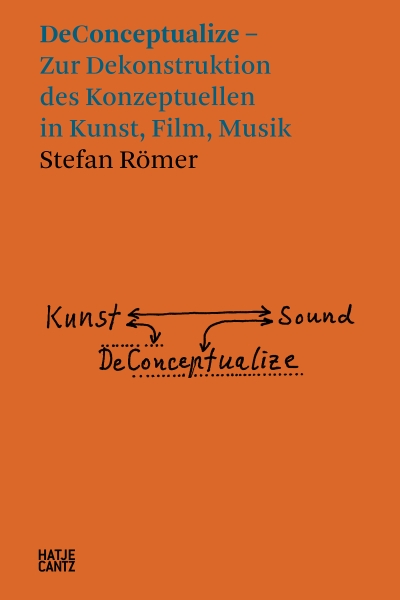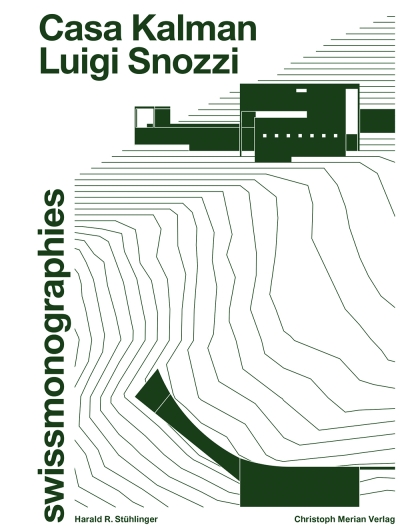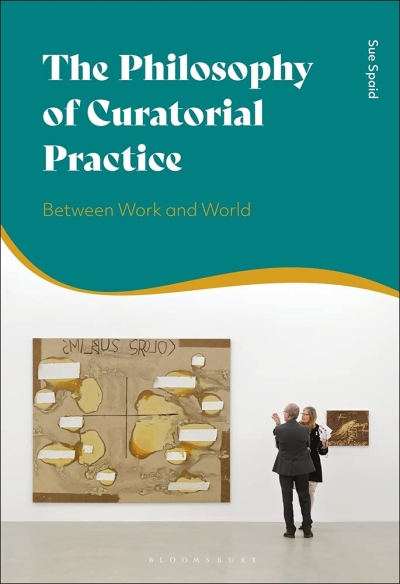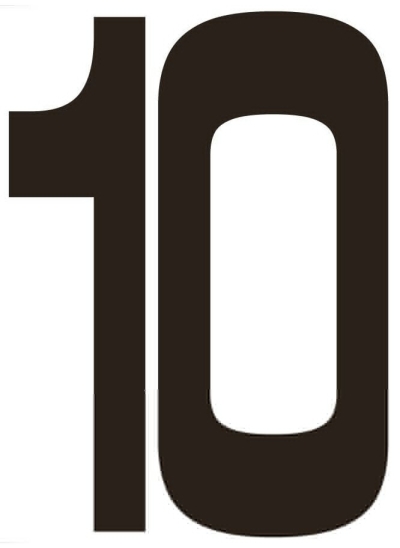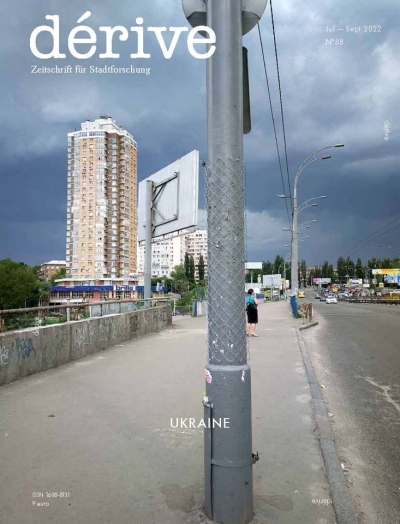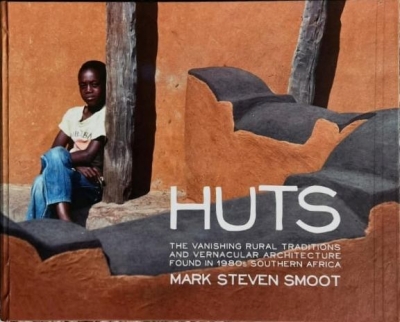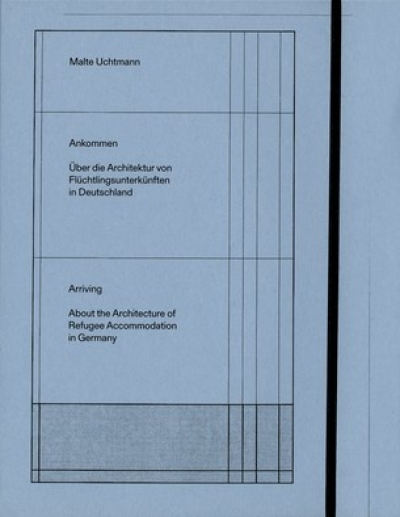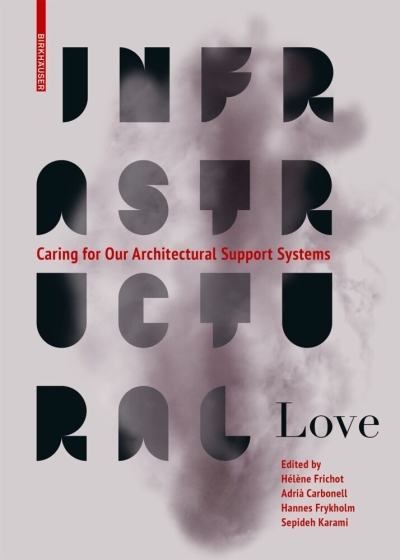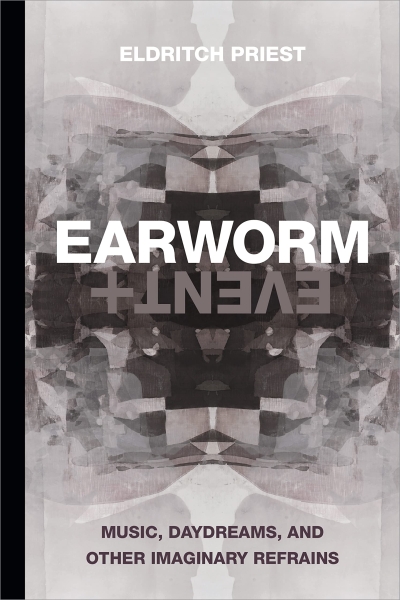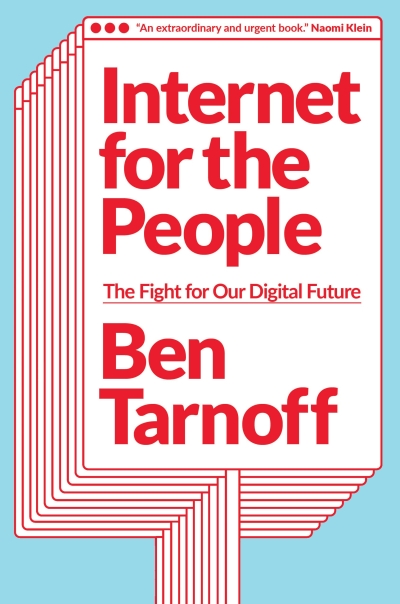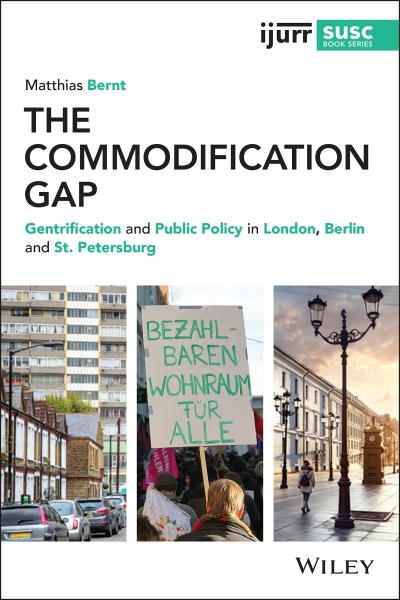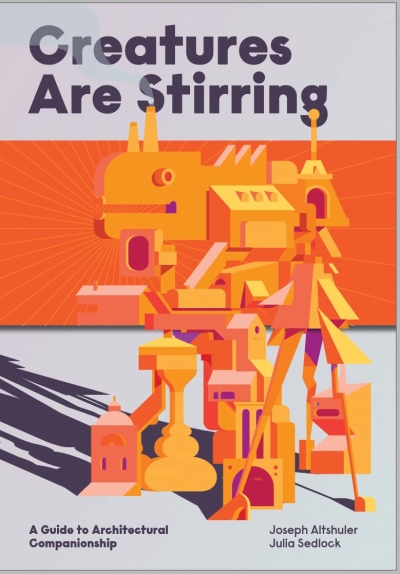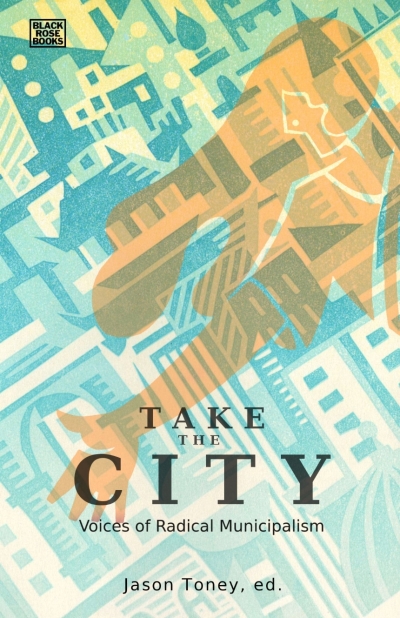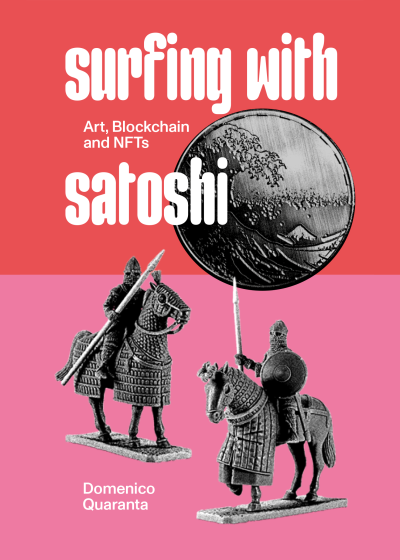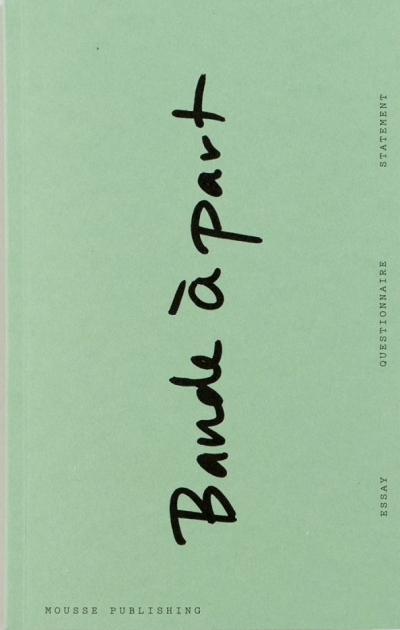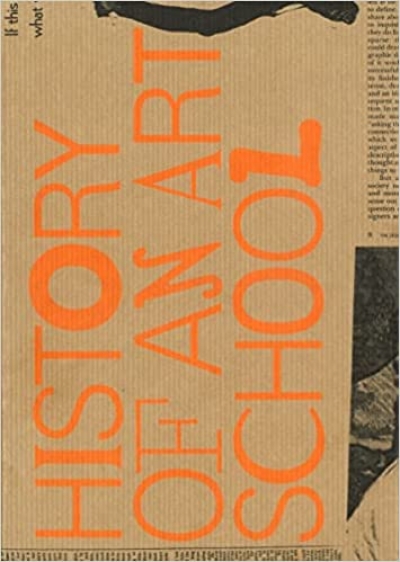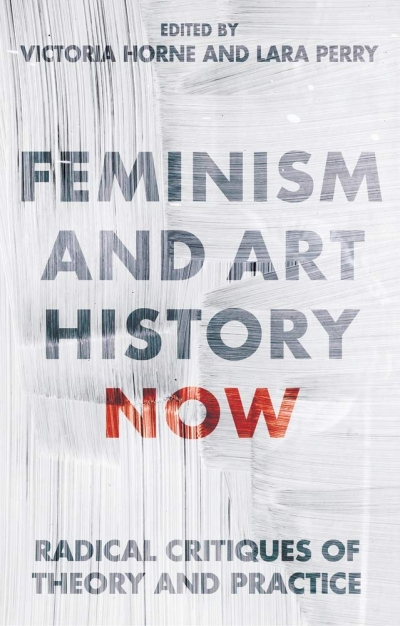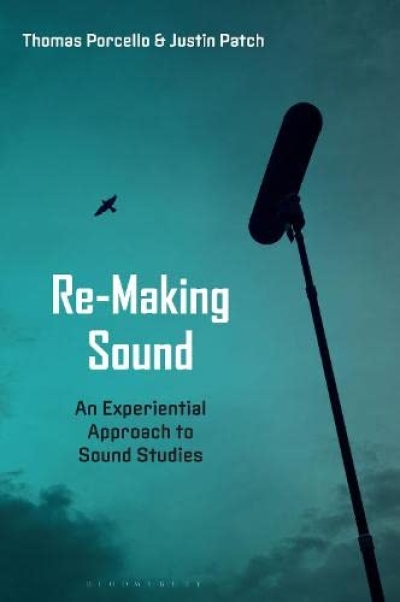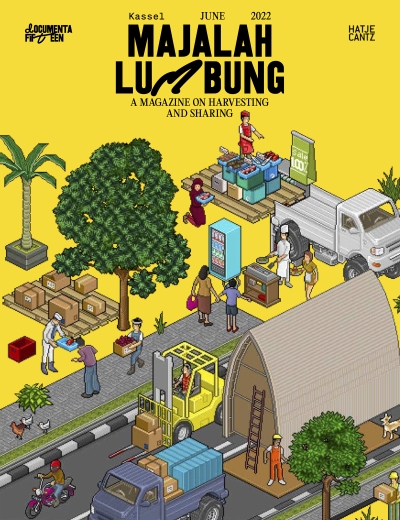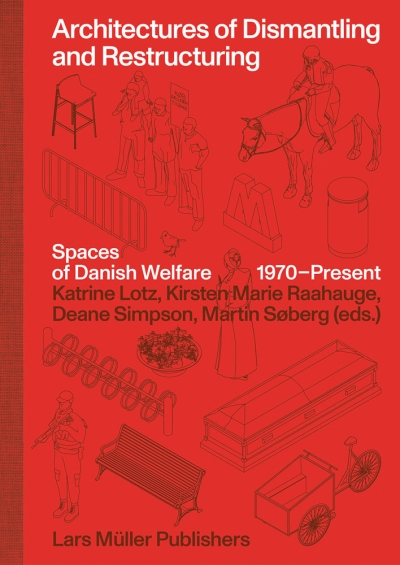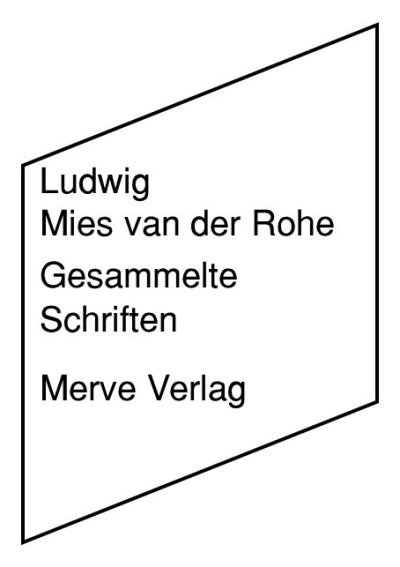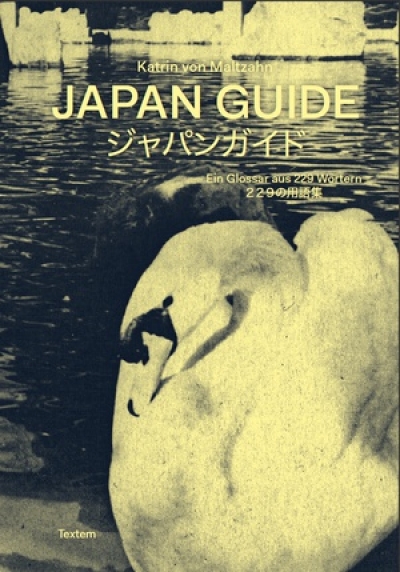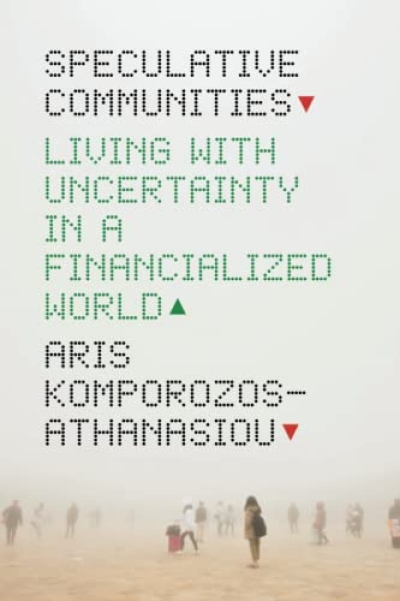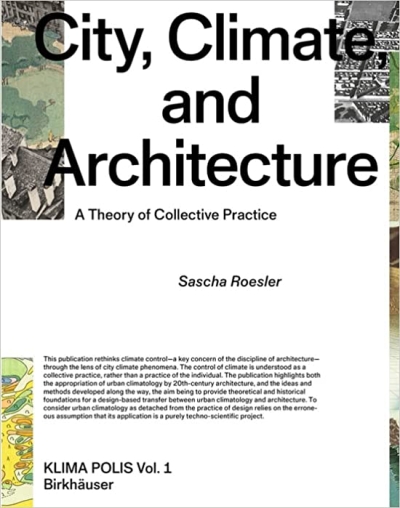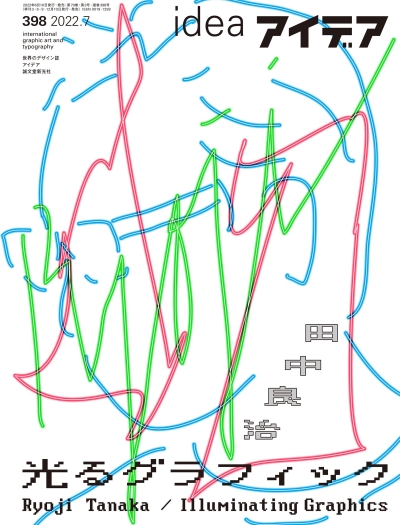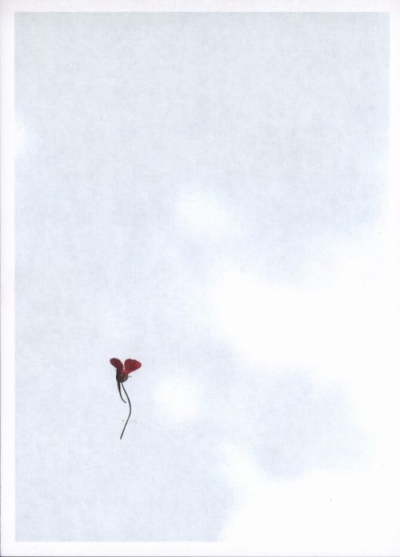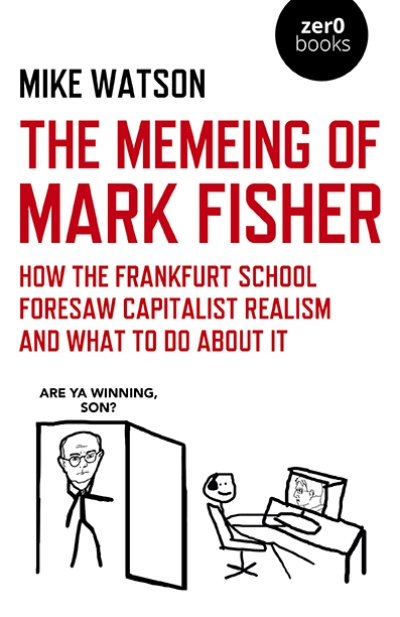gerade nicht auf Lager
Peter Osborne
Crisis as Form
gerade nicht auf Lager
Leslie Kern
Gentrification Is Inevitable and Other Lies
Arch+ Zeitschrift für Architektur und…
Arch+ 249. Learning Spaces
gerade nicht auf Lager
Ergül Cengiz, Burcu Dogramaci, Philipp…
Exzentrische 80er: Tabea Blumenschein, Hilka Nordhausen,…
Omar Kasmani, Matthias Lüthjohann,…
Nothing Personal?! Essays on Affect, Gender and Queerness
Sinthujan Varatharajah, Hilal Moshtari
Englisch in Berlin. English in Berlin
Ina Blom
Houses to Die In. And Other Essays on Art
Lindsay Caplan
Arte Programmata. Freedom, Control, and the Computer in…
gerade nicht auf Lager
Erik Spiekermann
Stop Stealing Sheep & Find out how type works. 4th…
Luka Holmegaard
Look
IDEA Magazine
IDEA 399. In the Design Field, Today: Thought and Practice…
Verena von Beckerath, Barbara Schönig (…
Drei Zimmer, Küche, Diele, Bad. Eine Wohnung mit Optionen
gerade nicht auf Lager
Tresor
Tresor: True Stories: The Early Years
Alexis Hyman Wolff, Achim Lengerer,…
Berliner Hefte zu Geschichte und Gegenwart der Stadt #9. Am…
gerade nicht auf Lager
Philippine Hoegen (Ed.)
In these circumstances. On collaboration, perfomativity,…
gerade nicht auf Lager
Jeanne Gerrity, Anthony Huberman (Eds.)
What happens between the knots? A Series of Open Questions…
Beatrice von Bismarck
The Curatorial Condition
gerade nicht auf Lager
Dimitra Kondylatou, Milica Ivic, David…
Architectures of Healing. Cure through Sleep, Touch, and…
gerade nicht auf Lager
Warren Neidich (Ed)
An Activist Neuroaesthetics Reader
gestalten, ArchDaily, Rosie Flanagan,…
The ArchDaily Guide to Good Architecture. The Now and How…
gerade nicht auf Lager
B. B. Jensen, H. Ibelings (eds.)
Provocations Against Perfectionism: The Architecture of…
gerade nicht auf Lager
Jack Clarke & Sami Hammana (Hg)
The Geofinancial Lexicon
Kerstin Honeit, Fiona McGovern (Hg.)
Kerstin Honeit. Voice Works Voice Strikes
gerade nicht auf Lager
Claudia Rankine
On Whiteness. The Racial Imaginary Institute
Deutsche Wohnen & Co enteignen (Hg)
Wie Vergesellschaftung gelingt. Zum Stand der Debatte
gerade nicht auf Lager
Beatriz Colomina, Ignacio G. Galán,…
Radical Pedagogies
gerade nicht auf Lager
Anouchka Grose, Robert Brewer Young
Uneasy Listening. Notes on Hearing & Being Heard
gerade nicht auf Lager
Ursula Schulz-Dornburg
Huts, Temples, Castles
Paulo Moreira (Ed.)
Critical Neighbourhoods. The Architecture of Contested…
gerade nicht auf Lager
Muñoz Sanz, V., Thomidou, A., eds.
Roadside Picnics: Encounters with the Uncanny
gerade nicht auf Lager
Francesca Gotti, Jacopo Leveratto,…
The Design of Tactics. Critical Practices Transforming…
gerade nicht auf Lager
Thomas Piketty
Eine kurze Geschichte der Gleichheit
gerade nicht auf Lager
Mary Pepchinski, Christina Budde (eds.)
Women Architects and Politics. Intersections between Gender…
gerade nicht auf Lager
Ayala Levin
Architecture and Development. Israeli Construction in Sub-…
Chantal Akerman
Meine Mutter lacht
gerade nicht auf Lager
AbdouMaliq Simone
The Surrounds. Urban Life within and beyond Capture
Ash Amin, Michele Lancione (Hg)
Grammars of the Urban Ground
Geert Lovink
In der Plattformfalle. Plädoyer zur Rückeroberung des…
Camillo Boano, Cristina Bianchetti (eds…
Lifelines. Politics, Ethics, and the Affective Economy of…
Joshua Neves, Aleena Chia, Susanna…
Technopharmacology
Simon Lamunière (ed.)
Open House. Designing Spaces for Living / Concevoir des…
gerade nicht auf Lager
Andrew Zitcer
Practicing Cooperation. Mutual Aid beyond Capitalism
gerade nicht auf Lager
Florian Kaiser, Guobin Shen
Florian Kaiser and Guobin Shen. Unfertige Häuser 未完的建築 (…
Caroline Ballegaard, Lara Nelke,…
Uncanny Entrepreneurship
gerade nicht auf Lager
Vera Hofmann, Johannes Euler, Linus…
Commoning Art. Die transformativen Potenziale von Commons…
Mary Otis Stevens, Thomas McNulty
World of Variation
gerade nicht auf Lager
Darjan Hill, Nicole Lachenmeier
Visualizing Complexity. Handbuch modulares…
gerade nicht auf Lager
Moisés Puente
2G 85. Leopold Banchini
gerade nicht auf Lager
Jeffrey S. Nesbit
Nature of Enclosure
Noam Benatar
Yiddish Displayed. A Typographic Experiment Through the…
gerade nicht auf Lager
Carla Ferrer, Thomas Hildebrand, Celina…
Touch Wood. Material, Architektur, Zukunft
gerade nicht auf Lager
James Bridle
Ways of Being. Beyond Human Intelligence
gerade nicht auf Lager
Uwe Bresan, Wolfgang Voigt
Schwule Architekten - Gay Architects: Verschwiegene…
Günter Behnisch
Über Architektur. Vorträge und Schriften von Günter…
gerade nicht auf Lager
Melanie Kurz, Thilo Schwer
Raster, Regeln, Ratio. Systematiken und Normungen im Design…
gerade nicht auf Lager
Werner Sobek
non nobis - über das Bauen in der Zukunft. Band 1: Ausgehen…
gerade nicht auf Lager
Frank Barkow, Philip Ursprung, Ludwig…
Barkow Leibinger. Revolutions of Choice
gerade nicht auf Lager
Alex Coles, Catharine Rossi (Eds.)
Post-craft. EP Vol. 3
Elizabeth Povinelli
Routes / Worlds
Oxana Timofeeva, Anja Dagmar…
Heimat. Eine Gebrauchsanweisung
Tom Avermaete, Maxime Zaugg (Eds)
Agadir. Building the Modern Afropolis
gerade nicht auf Lager
Boaz Levin, Esther Ruelfs, Tulga…
Mining Photography. Der ökologische Fussabdruck der…
Stefan Römer
DeConceptualize - Zur Dekonstruktion des Konzeptuellen in…
gerade nicht auf Lager
Harald R. Stühlinger
Casa Kalman. Luigi Snozzi
Jana Vanecek
ID9606/2a-c. Dispositive eines Virus
gerade nicht auf Lager
Johannes Salim Ismaiel-Wendt, Andi…
Postcolonial Repercussions. On Sound Ontologies and…
gerade nicht auf Lager
Sue Spaid
The Philosophy of Curatorial Practice: Between Work and…
gerade nicht auf Lager
Ehling, Grothus, Jung, Kemmerich (Hg)
10 Jahre Hambacher Forst. #Hambibleibt 2012 - 2022
dérive
dérive N° 88, Ukraine (Jul-Sept 2022)
gerade nicht auf Lager
Arch+ Zeitschrift für Architektur und…
Arch+ 248. Stuttgart. Die produktive Stadtregion und die…
Mark Smoot
HUTS. The Vanishing Rural Traditions and Vernacular…
Raffaela Lackner / Ina Sattlegger /…
Günther Domenig. Dimensional. In Resonanz. In Resonance. V…
Malte Uchtmann
Ankommen. Über die Architektur von Flüchtlingsunterkünften…
gerade nicht auf Lager
Hélène Frichot, Adrià Carbonell, Hannes…
Infrastructural Love. Caring for Our Architectural Support…
gerade nicht auf Lager
Eldritch Priest
Earworm and Event. Music, Daydreams, and Other Imaginary…
gerade nicht auf Lager
Ben Tarnoff
Internet for the People. The Fight for Our Digital Future.…
gerade nicht auf Lager
Matthias Bernt
The Commodification Gap. Gentrification and Public Policy…
Joseph Altshuler, Julia Sedlock
Creatures Are Stirring. A Guide to Architectural…
gerade nicht auf Lager
Jason Toney (ed.)
Take the City. Voices of Radical Municipalism
gerade nicht auf Lager
Domenico Quaranta
Surfing with Satoshi. Art, Blockchain and NFTs
Francisco Moura Veiga (ed.)
Typology of Intimacy. An Emotional Catalog of Booths
gerade nicht auf Lager
Sarah Demeuse (Ed.)
Bande à part. On Independent Art Institutions
gerade nicht auf Lager
Angie Keefer (Ed.)
Yale: History of an Art School
gerade nicht auf Lager
Victoria Horne, Lara Perry (eds)
Feminism and Art History Now. Radical Critiques of Theory…
Justin Patch, Thomas Porcello
Re-Making Sound: An Experiential Approach to Sound Studies
gerade nicht auf Lager
Niklas Maak
Servermanifest. Architektur der Aufklärung: Data Center als…
gerade nicht auf Lager
ruangrupa (Hg.)
Majalah lumbung. Documenta fifteen. A Magazine on…
Kirsten Marie Raahauge, Katrine Lotz,…
Architectures of Dismantling and Restructuring. Spaces of…
Ludwig Mies van der Rohe
Gesammelte Schriften
gerade nicht auf Lager
Katrin von Maltzahn
Japan Guide. Ein Glossar mit 229 Wörtern / A Glossary of…
gerade nicht auf Lager
Aris Komporozos-Athanasiou
Speculative Communities. Living with Uncertainty in a…
gerade nicht auf Lager
George Arbid, Philipp Oswalt
Designing Modernity. Architecture in the Arab World 1945-…
Sascha Roesler
City, Climate, and Architecture. A Theory of Collective…
IDEA Magazine
IDEA 398. Ryoji Tanaka / Illuminating Graphics
Hinrichs, Tang, Haines (Eds.)
shelf documents. art library as practice
Keita Noguchi
Flower
gerade nicht auf Lager
Mike Watson
The Memeing of Mark Fisher
gerade nicht auf Lager
Patric Furrer, Andreas Jud, Stefan…
Digitalisierung und Architektur in Lehre und Praxis





